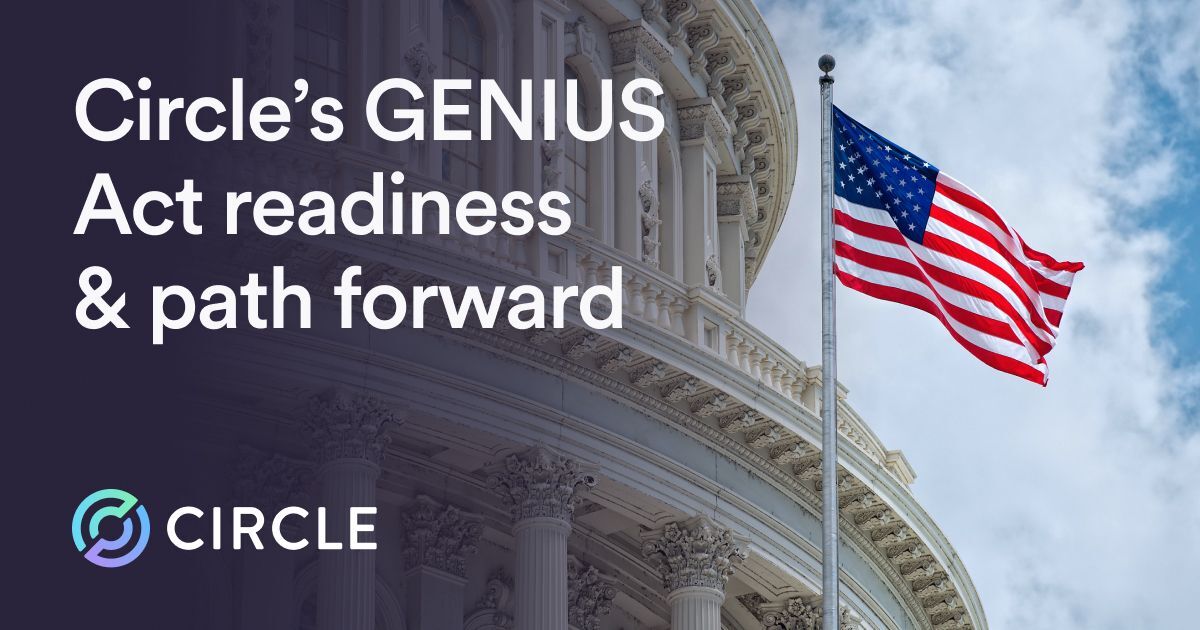Cryptocurrencies like Bitcoin are already making their way onto corporate balance sheets, but stablecoins will transform treasury operations. Learn more!

Payments represent the core element of the transition from an industrial economy to the so-called digital economy, which will gradually reach every corner of the world thanks to the ongoing digitization process. Blockchain plays a crucial role in this paradigm shift, in which value is generated by technology-powered links between individuals, businesses, and governments.
While Bitcoin was originally meant to be global peer-to-peer money for online payments, the original cryptocurrency ended up as an investment asset and a store of value rather than a medium of exchange, mainly because of its high volatility.
In recent months, public-traded companies like MicroStrategy, Square, and Tesla have been adding Bitcoin to their balance sheets as cash reserves, while institutional investors are adding the “digital gold” to their portfolios as a diversification asset, highlighting the acceptance of crypto as an asset class.
But this is only the beginning of the convergence between traditional finance and crypto finance.
The emergence of stablecoins addresses Bitcoin’s volatility issue and brings more functionality to digital payments.
USDC is issued by regulated financial institutions, backed by fully reserved assets, and redeemable on a 1:1 basis for US dollars.
Unlike volatile cryptocurrencies, dollar digital stablecoins can be utilized to efficiently process global payments, execute mass payouts, handle multi-dimensional online payments, and hold dollar-denominated value regardless of where you are located in the world. Stablecoins are, therefore, perfectly positioned to transform payments and empower the digital economy.
Stablecoins & Treasury Management
Increasingly, institutions are tapping into the potential of digital assets through stablecoins.
Dollar digital stablecoins, such as USD Coin (USDC), can help corporate treasuries and financial institutions leverage the DeFi and CeFi opportunities that can provide higher yields than traditional debt instruments.
Treasuries can also use stablecoins for business-to-business payments as well as multi-directional internal and external payments, which will be more affordable compared to traditional payment rails.
Businesses and corporate treasuries can use a Circle Account to conduct stablecoin and fiat currency payments globally, and improve cash management operations thanks to the programmability and efficiency of dollar digital stablecoins.
Following the trend of corporations and institutions adding Bitcoin to their balance sheets and portfolios, companies and financial institutions will convert dollars to dollar digital stablecoins like USDC as a gateway to yield-earning opportunities in the DeFi and CeFi markets.
Corporate adoption of dollar digital stablecoins will continue to accelerate to the point where businesses will be able to convert their cash reserves into stablecoins and then use their on-chain dollar stablecoins for B2B payments, handle payouts, or store funds as reserves.
Circle already provides a series of powerful API products powered by USDC that allows treasuries and financial institutions to
- Conduct near-instant global payments;
- Carry out mass payouts at low cost;
- Comfortably store digital dollars regardless of their location
Thanks to stablecoins, corporate treasuries can digitize their capital and focus on investment products that can secure better yields than other fixed-income securities.
Dollar digital stablecoins will transform treasury operations to enable more efficient capital allocation, frictionless global payments, and, ultimately, a more connected economy.





